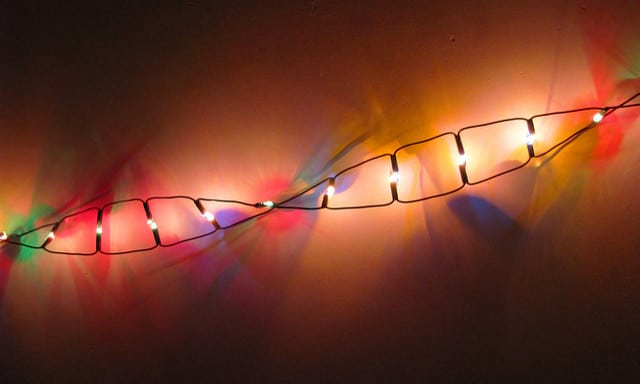If you’re like many researchers, problems with PCR amplifying high GC DNA templates will be a major annoyance for you. Many strategies developed to overcome this issue.
Betaine is the most common PCR additive used to enhance amplification of GC rich sequences because of its ability to dissolve secondary structure that blocks polymerase action. But betaine does not solve every PCR issue related to GC overload.
Lucky for us, a team of researchers at the Harbin Institute of Technology and Tianjin University of Science and Technology in China have discovered two new additives for PCR that work even better than betaine.
Their paper, entitled “Enhanced amplification of GC-rich DNA with two organic reagents“ can be found in the September 2009 issue of BioTechniques (vol. 47, No. 3, page 775) and I’ve summarized the results of the paper here.
What are these new PCR additives?
According to the report, ethylene glycol and 1,2-propanediol are the two superior PCR additives for decreasing the melting temperature of DNA and getting GC-rich PCR to work.
The Strategy:
In order to examine their ability to enhance difficult PCR templates, the authors randomly selected 104 GC-rich human genomic amplicons with lengths between 700-800 bp and with GC content between 60-80%. The PCR additives were used at final concentrations of 1.075M for ethylene glycol and 0.816M for 1,2-propanediol. Betaine was used at a final concentration of 2.2M. All amplification reactions were performed at least 3 times to ensure the accuracy of results.
The Outcome:
The researchers put together an extensive table that summarizes the results of PCR for 104 amplicons. In summary, 13% (14) of the amplicons amplified without any PCR additives. 72% (75) worked with just betaine alone while 90% (94) worked with only 1,2-propanediol and 87% (91) were successful with the addition of ethylene glycol alone. While three reactions were rescued with betaine and not the other additives, overall performance was improved using these the ethlyene glycol or 1,2-propanediol.
Unexpected results:
Interestingly, in some cases betaine, the grand old daddy of PCR-addtives, showed a PCR inhibitive effect. Several of the reactions that worked only with ethylene glycol or only with 1,2-propanediol failed when betaine was added back into the reaction in addition to the new additive.
What is the difference between these PCR additives?
The authors close their article by referencing several papers that discuss the impact of betaine and ethylene glycol on DNA melting enthalpy and theories that suggest differences in affinities of betaine and ethylene glycol to ssDNA and dsDNA may be playing a role.
While the mechanism of action of the PCR additives ethylene glycol and 1,2-propanediol on melting GC-rich templates it not fully understood, it is definitely functioning differently than betaine. More studies in understanding how these reagents function may uncover additional novel uses for ethylene glycol and 1,2-propanediol in molecular biology besides PCR.
Have you tried these PCR additives? How well did it work for you? What are you tips for getting GC-rich templates to work in PCR?







